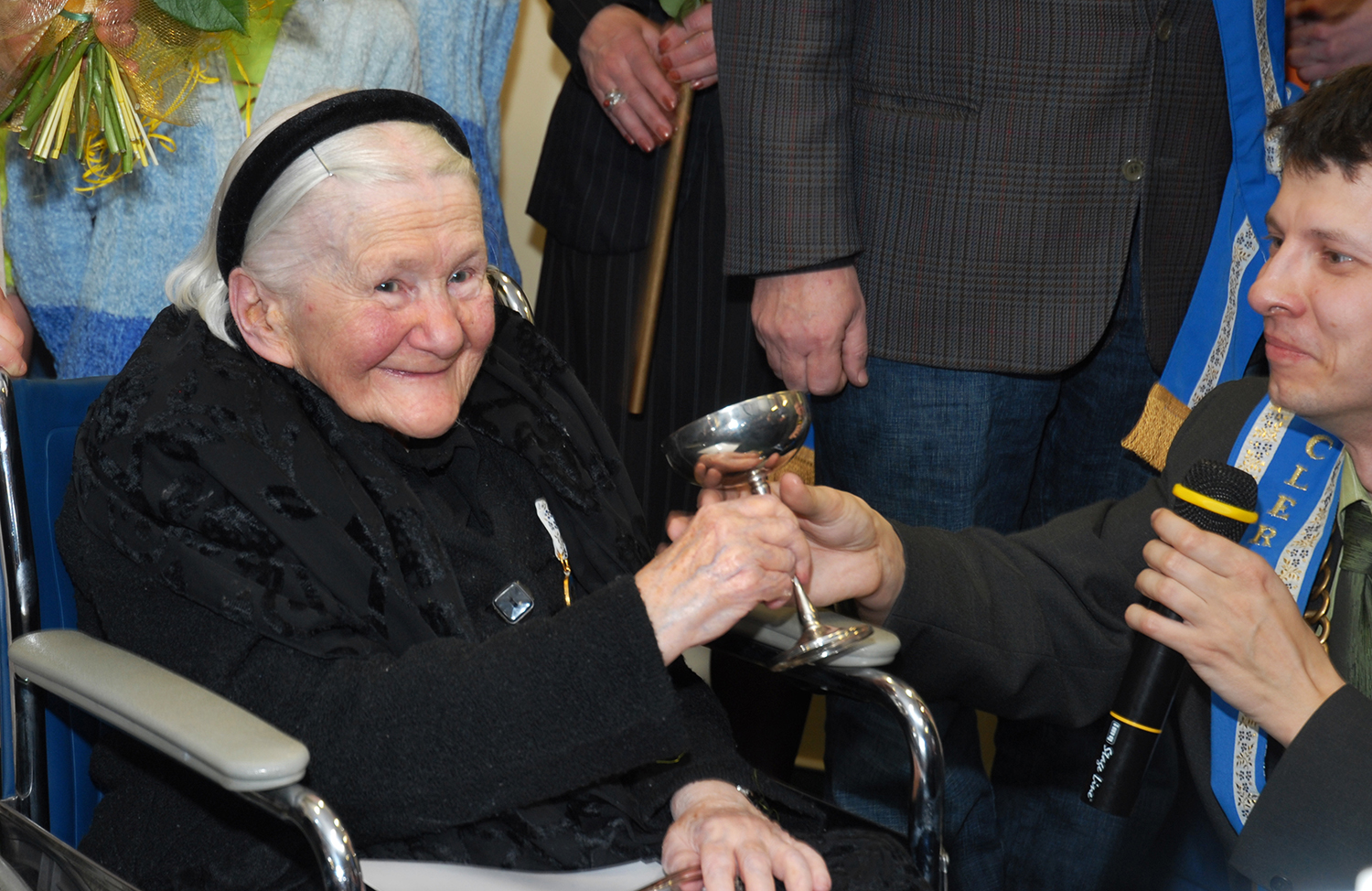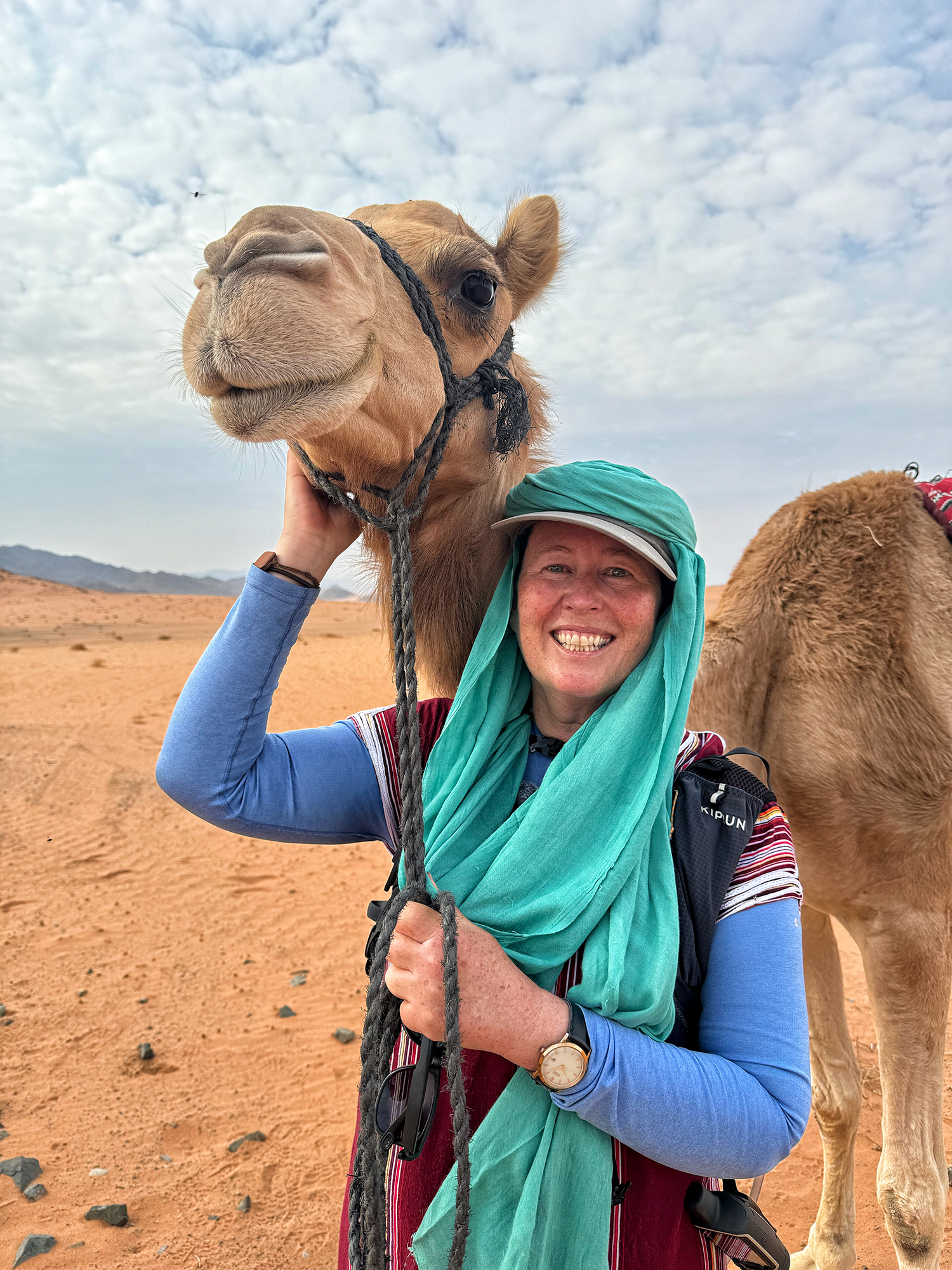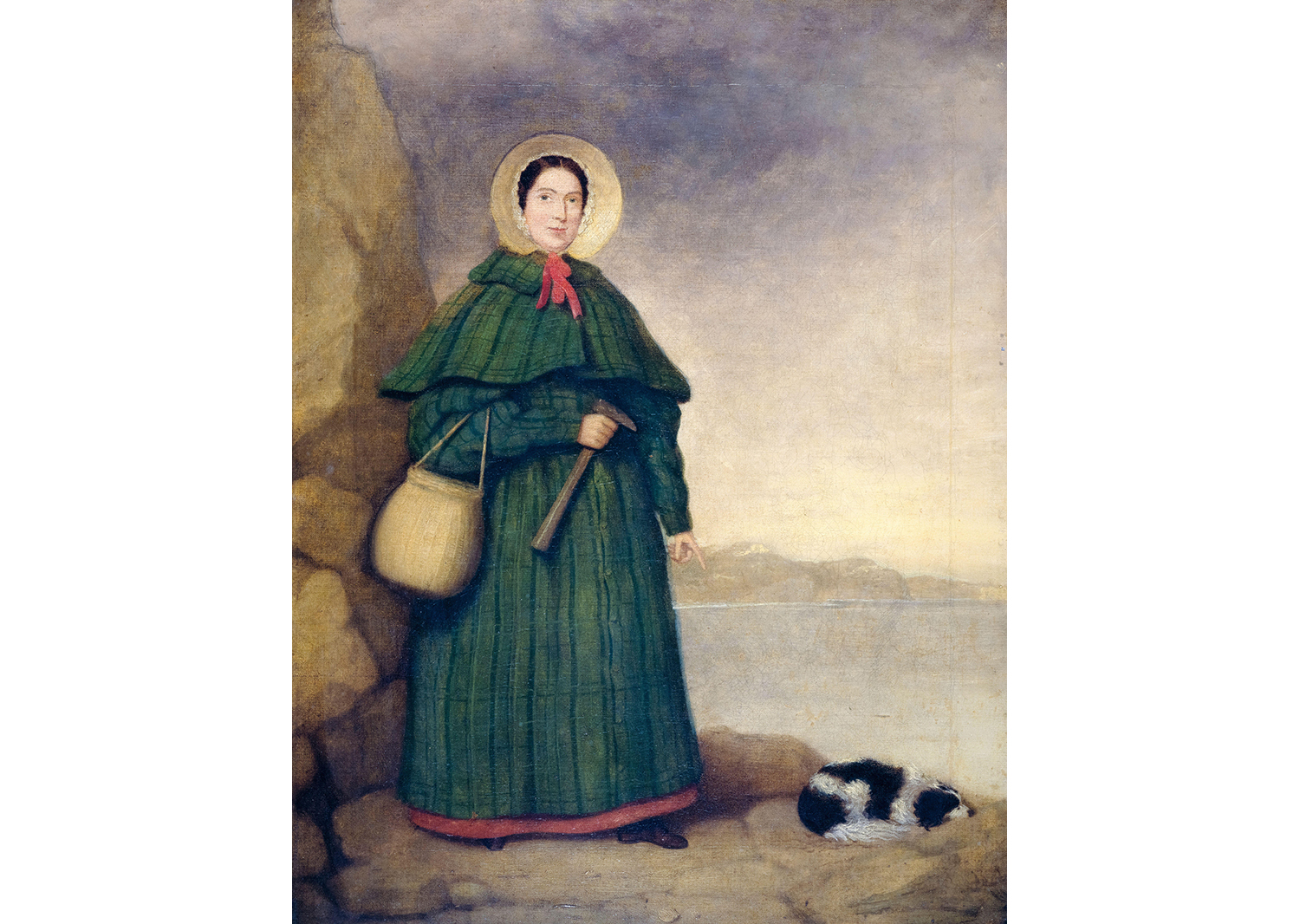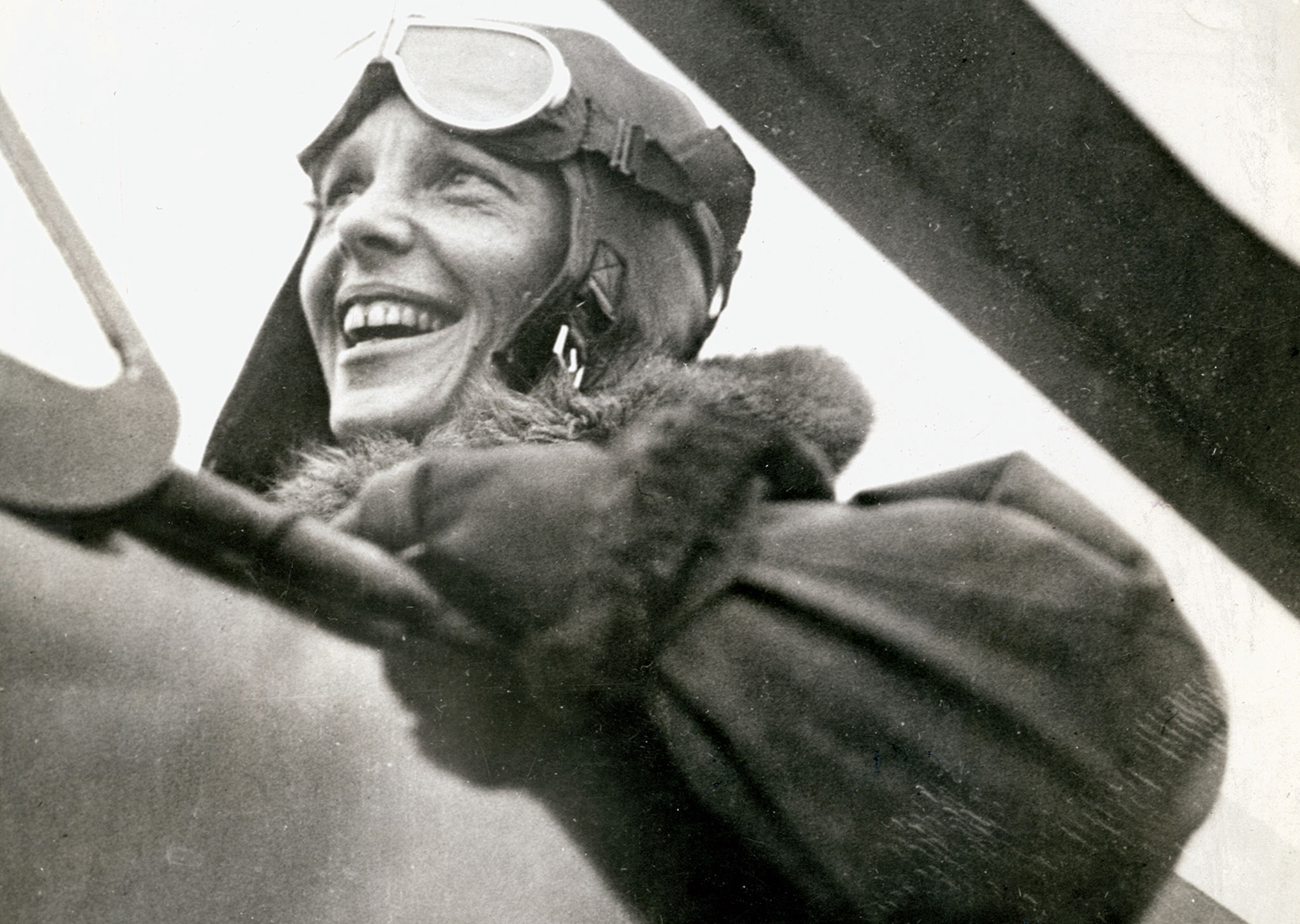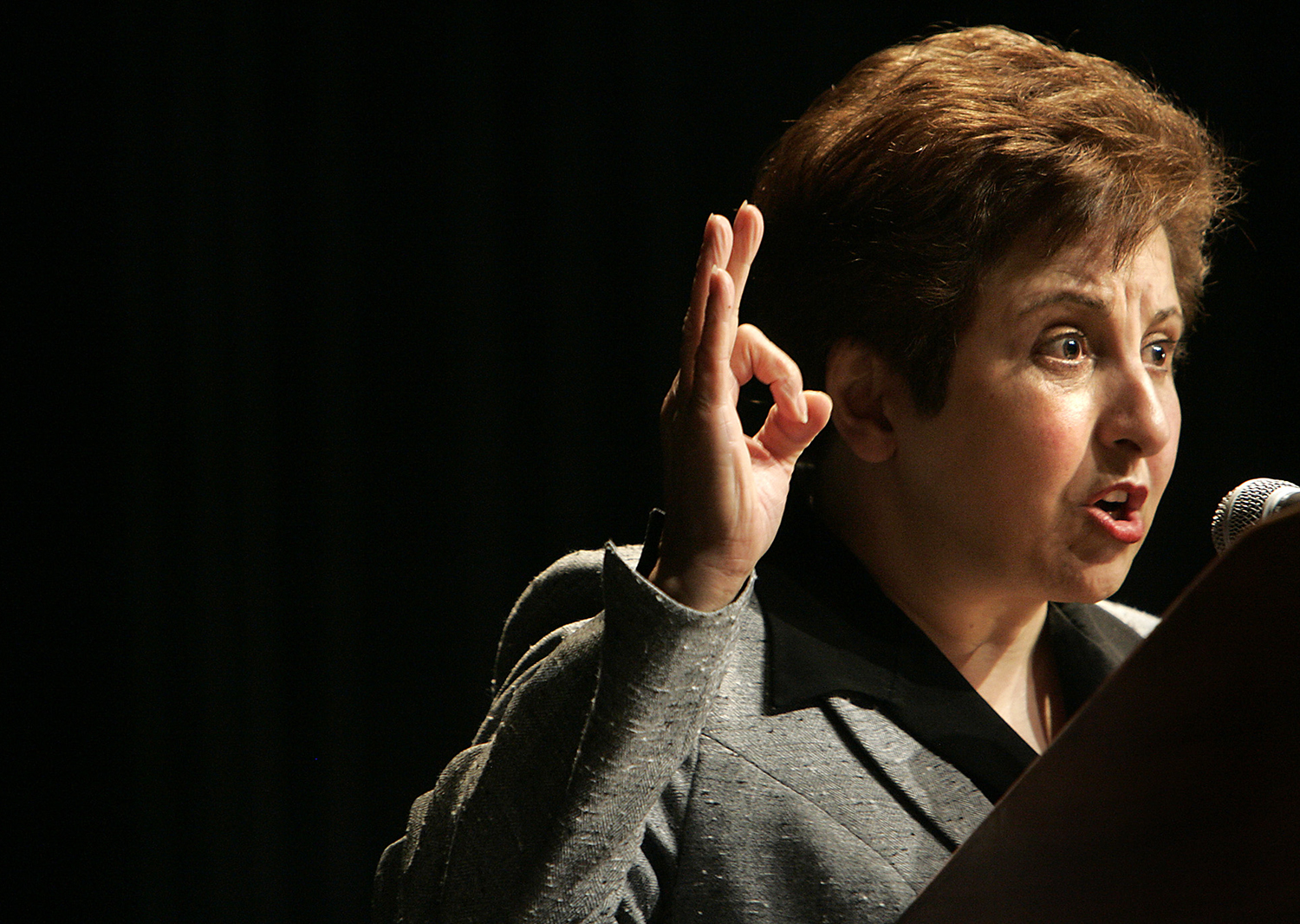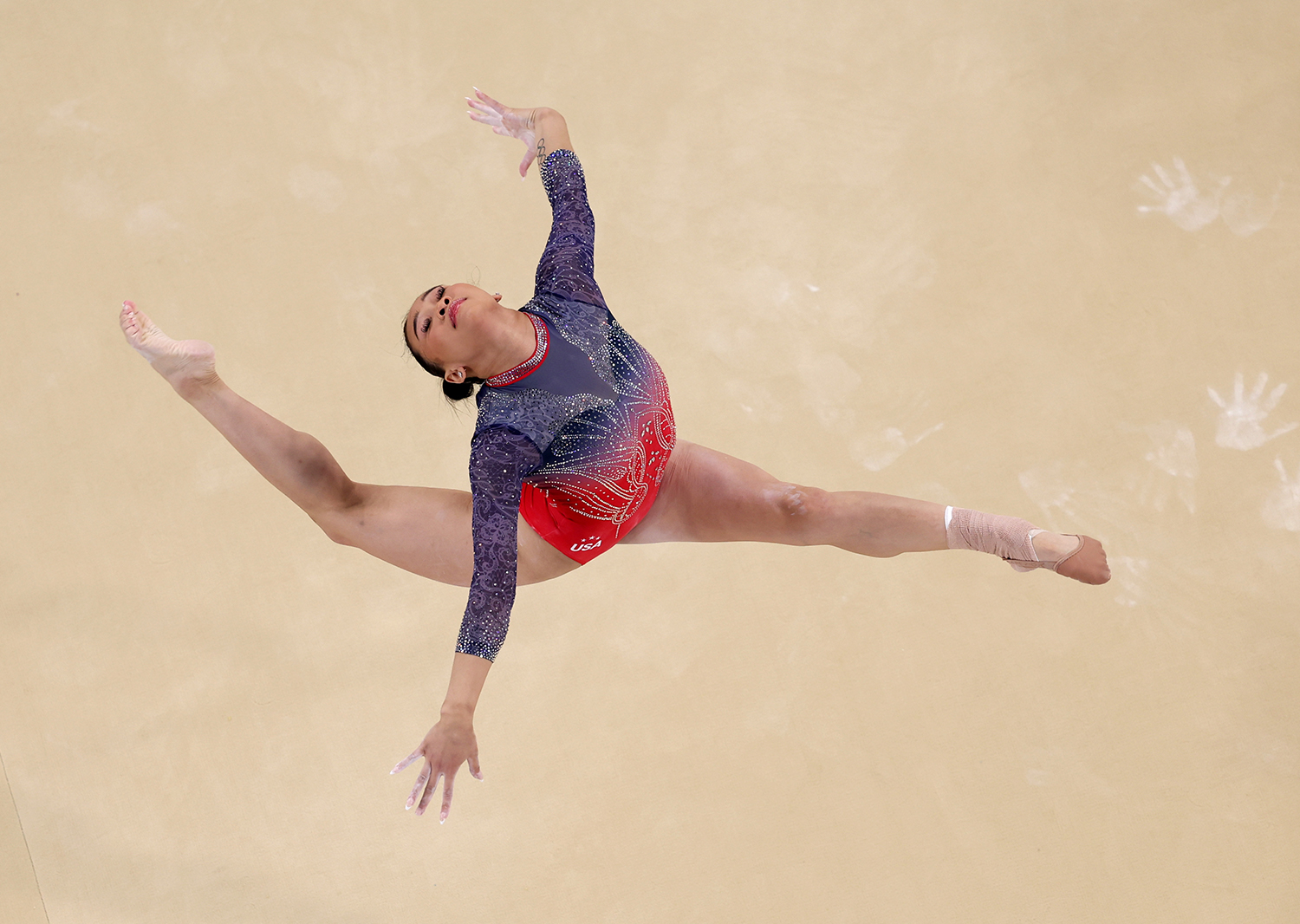Marion Pritchard: A Hero’s Story
During World War II, Marion Pritchard risked her own safety to rescue and shelter Jewish families

© Kevin Winter/Getty Images
In this 2009 photo, Marion Pritchard receives the Medal of Valor Award from the Simon Wiesenthal Center, a human rights organization.
March is Women’s History Month in the United States. Farther down on this page, you can follow a link to learn about hundreds of notable women in science, the arts, government, and more. Some women risked their personal safety to help others. Here is the story of one of those women.
In 1942, Marion Pritchard witnessed Nazi officers putting Jewish children onto a truck bound for concentration camps. Then and there, she decided to become a rescuer. For the rest of World War II, Pritchard would help protect Jewish families from the Nazis.
Born in 1920 in Amsterdam, the Netherlands, Pritchard was a student in 1939, when Germany, led by Adolf Hitler’s Nazi government, invaded Poland. Eventually, much of Europe would surrender to Germany. Once the Nazis gained control of an area, they would force Jewish people and other minorities into concentration camps where they subjected them to forced labor and eventually killed them. More than 6 million people died in this mass murder, which is known as the Holocaust.
The Nazi invasion of Poland led to World War II, between the Axis powers (Germany, Japan, and Italy) and the Allied powers (led by the United Kingdom, the Soviet Union, and, eventually, the United States). But the start of the war did not stop Germany from invading its neighbors.
The Netherlands, where Pritchard lived, surrendered to Germany in 1940. Even under Nazi control, there were Dutch resisters—people who engaged in secret activities meant to weaken the Nazis and protect people who were under threat. But acting against the German government was dangerous. In 1941, Pritchard was arrested with a group of student resisters who were meeting at a friend’s house, where she was studying. She spent seven months in jail. It wasn’t long after her release that she saw the Nazis taking Jewish children to concentration camps.
“I was shocked and in tears,” Pritchard told the International Raoul Wallenberg Foundation.
Risking her own life, Pritchard began bringing food and clothing to Jewish people who were hiding from the Nazis. In 1942, she was asked to help a 2-year-old who was in danger of being taken to a concentration camp. She first brought the child to her parents’ home and then found a family who lived at a safer location. Throughout the war, she would go on to help save about 150 Jewish children from the Nazis.
Between 1942 and the end of the war in 1945, Pritchard protected a Jewish father and his three young children, hiding them in a home many miles away from Amsterdam. Pritchard moved into the home and helped care for the children. One night, a Dutch police officer who was loyal to the Nazis came to the home to do a search. Pritchard secured the family in a preplanned hiding place. Later, when the officer returned without warning, Pritchard had to act quickly to defend the family. Although it was against her beliefs, she used physical violence to stop the officer. Her action saved four lives, but the events of that night would never leave her mind.
In 1945, Germany surrendered to the Allies, and Pritchard went to work helping people who had been displaced by the war. She eventually married an American soldier and settled in the United States. She died in 2016.
In 1984, Pritchard was interviewed by the United States Holocaust Memorial Museum. Asked if she had advice for her children and grandchildren, she said, “Do the right thing if you can find out what the right thing is.”
